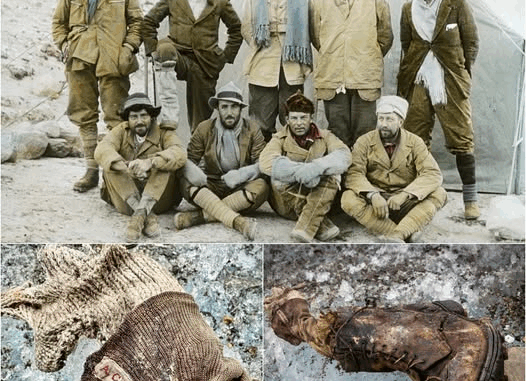
In the annals of exploration, few stories capture the imagination like the tragic tale of George Mallory and Andrew “Sandy” Irvine, the tweed-clad climbers who vanished into the mists of Mount Everest in 1924. For a century, their disappearance has fueled one of mountaineering’s greatest mysteries: Did they conquer the world’s highest peak before their deaths, nearly three decades before Tenzing Norgay and Edmund Hillary’s confirmed summit in 1953? Now, a stunning discovery—a sock embroidered with “A.C. Irvine” and a worn boot unearthed from the Central Rongbuk Glacier—has reignited the search for answers, peeling back layers of history to reveal a truth long buried in ice.
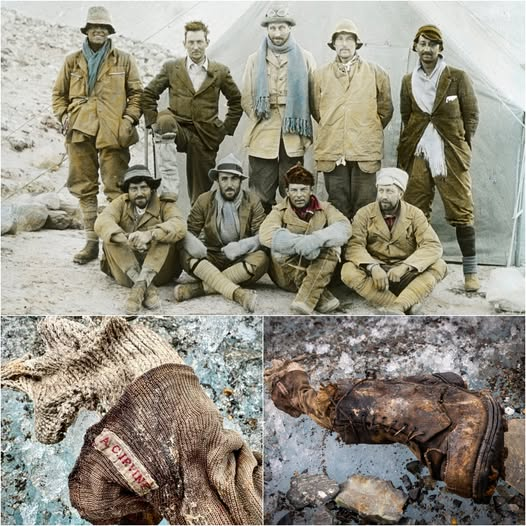
In the shadow of World War I, Britain’s imperial pride was battered. Having lost the races to the North and South Poles to the United States and Norway, the United Kingdom turned its gaze toward Everest, the “third pole,” as a final bastion to reclaim its exploratory glory. The 1924 Everest expedition, backed by the Royal Geographical Society and the Alpine Club, was more than a climb; it was an attempt to restore the prestige of a fading empire.
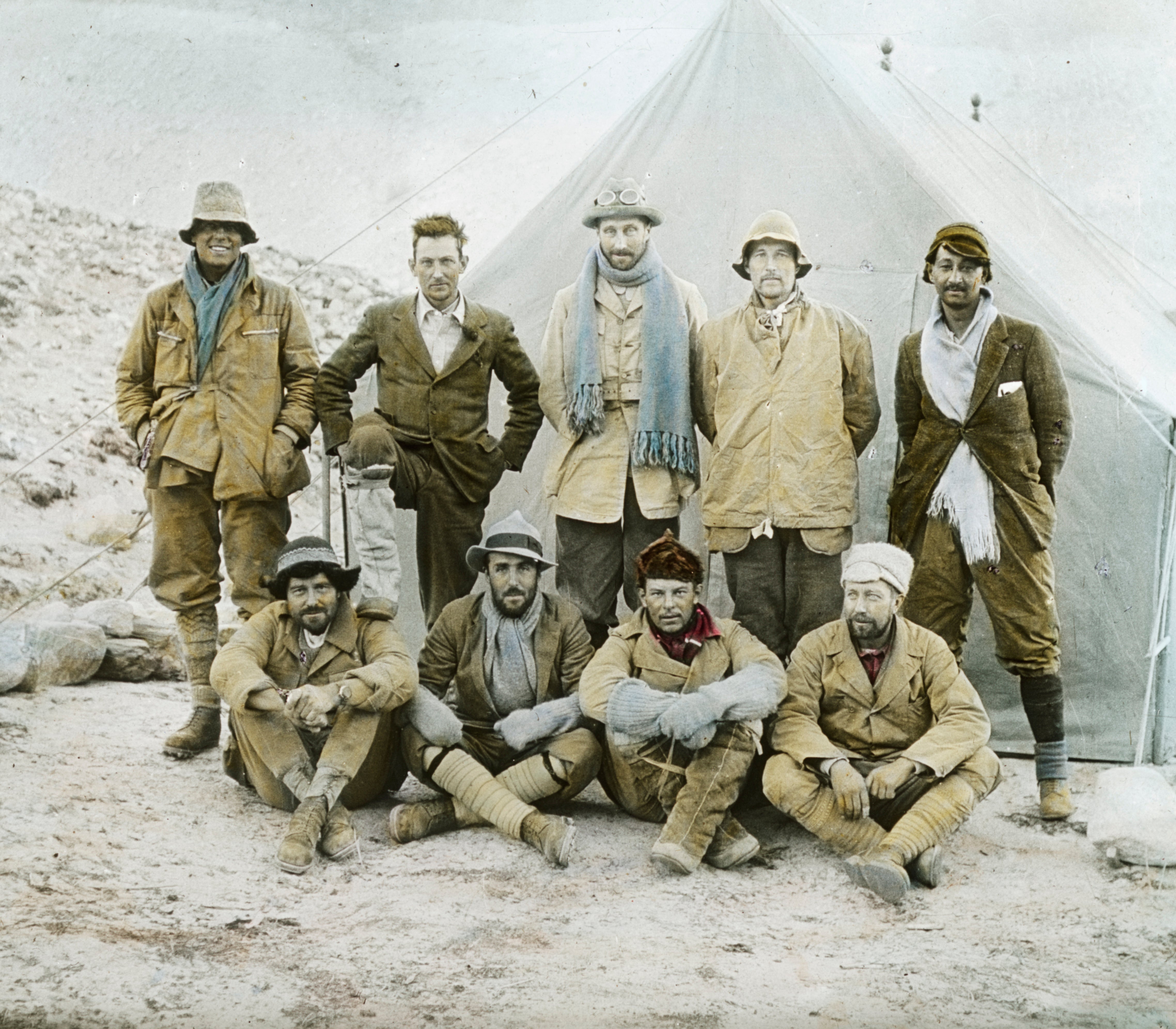
At the heart of this mission were George Mallory, a charismatic schoolteacher and seasoned mountaineer, and Sandy Irvine, a 22-year-old Oxford rower and engineer whose quiet strength earned him a place on the team. Mallory, a veteran of Britain’s 1921 and 1922 Everest attempts, was the axis of the expedition, his uncanny ability to read the mountain setting him apart. The 1921 reconnaissance alone mapped 12,000 square miles of previously unknown Himalayan terrain—a feat that remains a cornerstone of modern cartography. Irvine, though less experienced, brought youthful vigor and technical skill, described by Mallory in a letter to his wife as someone he “could trust with anything, except perhaps conversation.”
On June 8, 1924, Mallory and Irvine embarked on their fateful summit bid. The expedition had been plagued by poor planning and illness, but their determination burned bright. In his last letter to his wife Ruth, Mallory wrote: “It’s 50 to 1 against us, but we’ll have a whack and feel proud.” As they climbed, fellow expedition member Noel Odell glimpsed them thousands of feet below, two black dots moving steadily across a ridge before vanishing into swirling cloud. They were never seen alive again.

Days later, a grim cable from Colonel Norton reached the Mount Everest Committee: “Mallory and Irvine killed in last attempt. Rest of party safe at base camp.” Britain mourned its fallen heroes, with King George V attending their memorial service at St. Paul’s Cathedral—a rare honor for mountaineers, as historian Wade Davis notes in Into the Silence. For 75 years, Mallory’s fate remained a mystery, and Irvine’s enigma endured for a century.
In 1999, climber Conrad Anker stumbled upon Mallory’s frozen remains at 26,800 feet, just 2,200 feet from Everest’s 8,849-meter summit. The discovery, now held by the China Tibet Mountaineering Association, reignited the debate: Did Mallory and Irvine reach the top? Missing was Mallory’s camera, which could have held photographic proof, and a photo of Ruth he had promised to leave on the summit. Their absence fueled speculation that the duo might have succeeded, only to perish on the descent.

Now, a century after their disappearance, a new chapter has unfolded. A documentary team led by National Geographic filmmaker Jimmy Chin uncovered a sock marked “A.C. Irvine” and a boot on the Central Rongbuk Glacier, below Everest’s north face. The find, at a lower altitude than Mallory’s body, sent the team into a frenzy. “We were running in circles, yelling expletives,” Chin recalled. “It’s the first real evidence of where Sandy ended up.”
The discovery came days after the team found a 1933 oxygen cylinder from a later failed expedition, adding to the intrigue. That earlier find, along with a 1933 discovery of Irvine’s ice axe high on the northeast ridge, had already hinted at their possible trajectory. Chin speculated that Irvine’s remains might be “a few hundred yards down the glacier,” a hunch confirmed when filmmaker Erich Roepke spotted the boot emerging from the ice. “It literally melted out a week before we found it,” Chin said.
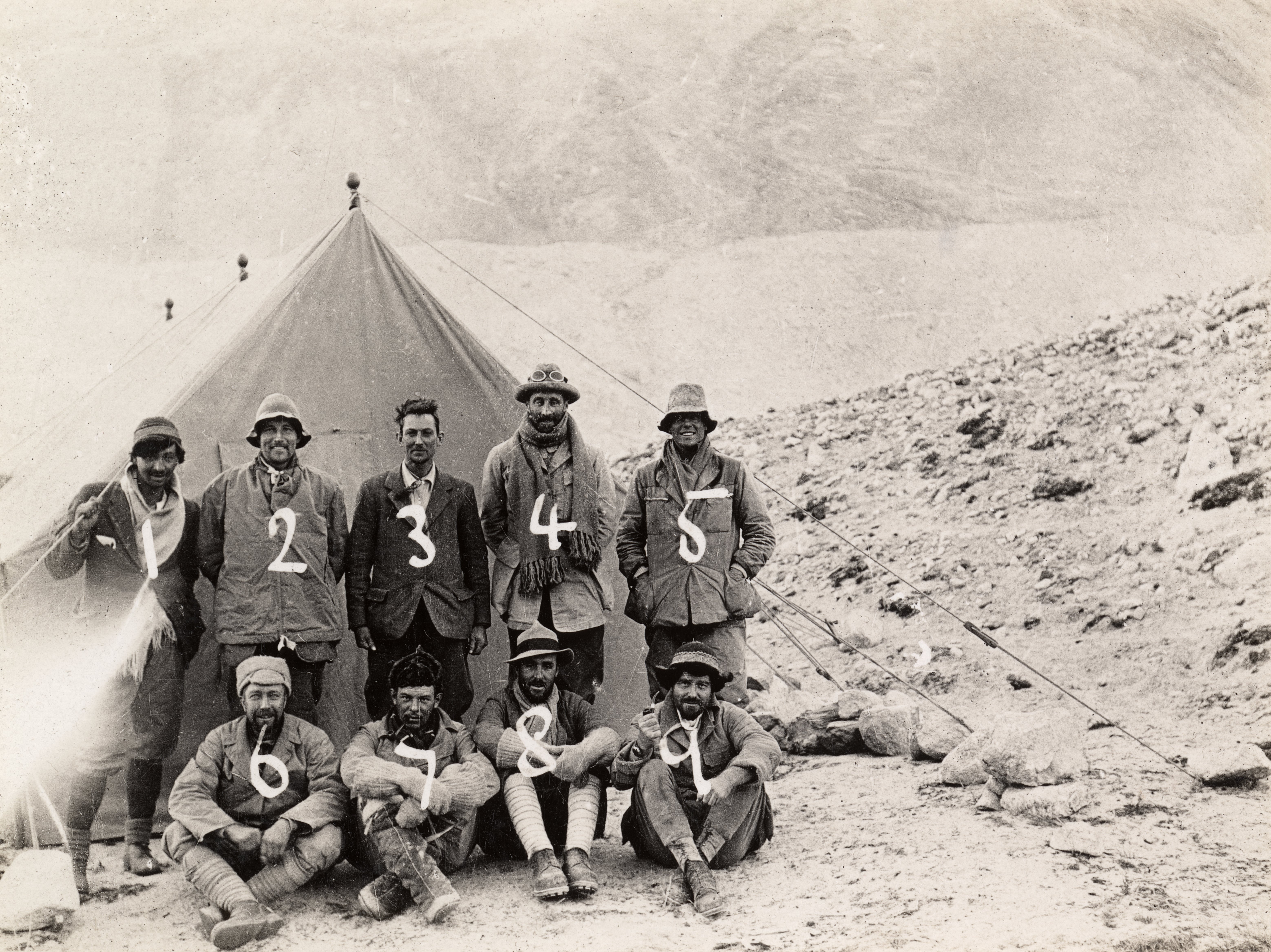
For Julie Summers, Irvine’s niece and biographer, the discovery was profoundly personal. “I’ve lived with this story since I was seven,” she said, recalling how her father introduced her to the mystery of “Uncle Sandy.” When Chin shared the news of the embroidered initials on the sock, Summers was “moved to tears.” The Irvine family has offered voluntary DNA to confirm the identity of the remains—a step that could bring closure after a century of uncertainty.
Chin, a veteran climber, understands the weight of the find. “Any expedition to Everest follows in the shadow of Irvine and Mallory,” he said. “Sometimes the greatest discoveries happen when you’re not even looking.” He has withheld the precise location to protect the site from trophy hunters, emphasizing the need to honor the climbers’ legacy.
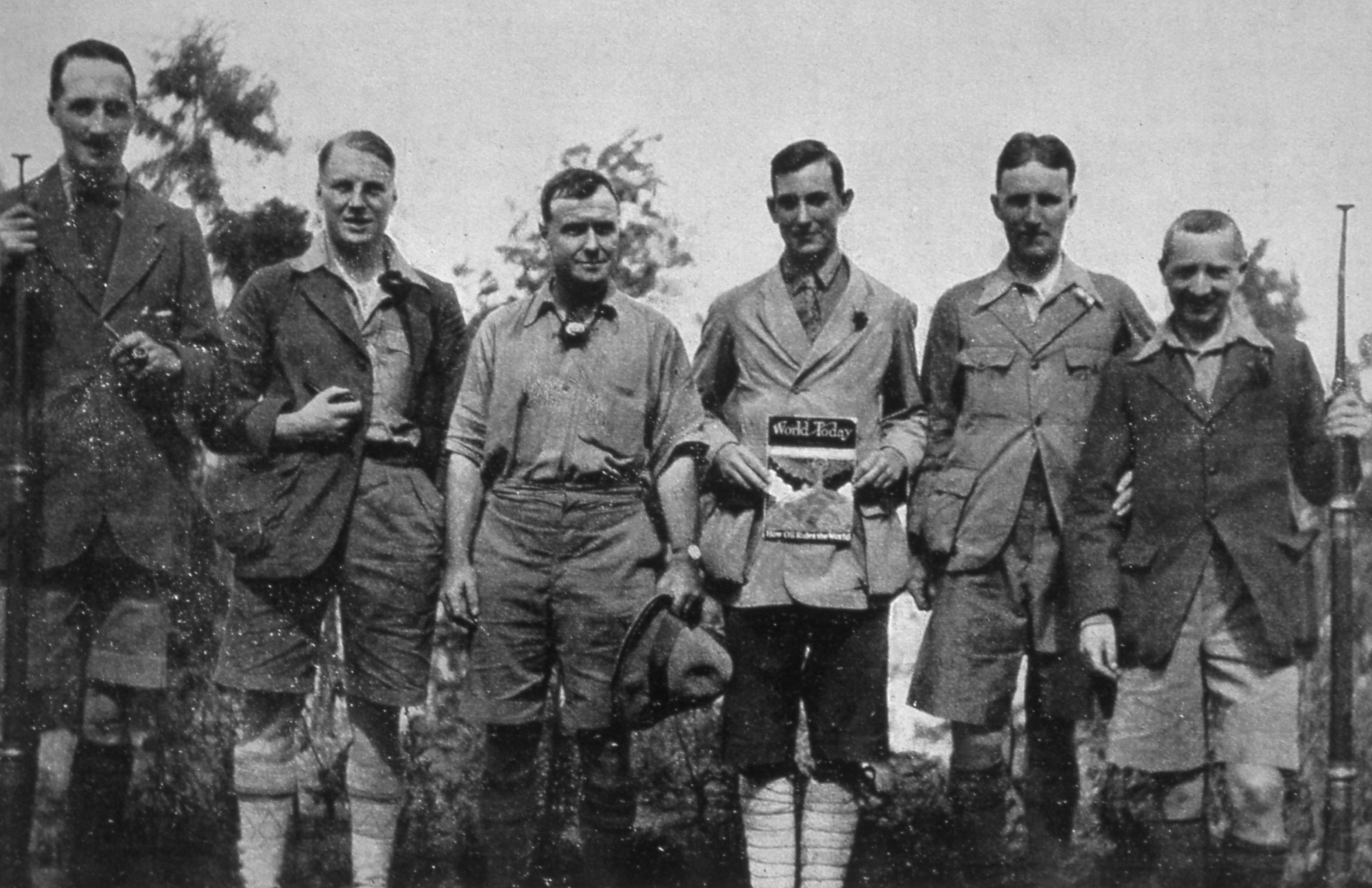
The discovery of Irvine’s remains sharpens the central question: Did they summit? The climbing community remains divided. The absence of Mallory’s camera and Ruth’s photo suggest they might have reached the peak, but the technical challenge of the Second Step—a near-vertical rock face—makes it unlikely without modern equipment. Still, Mallory’s skill and Irvine’s tenacity keep the possibility alive.
For now, the truth remains locked in Everest’s icy embrace, shared only by the mountain and the two men who dared to challenge it. Irvine’s remains, emerging after a century, offer hope that one day more discoveries—perhaps the elusive camera—may resolve the debate. Until then, the story of Mallory and Irvine endures as a testament to human ambition, sacrifice, and the relentless pull of the unknown.

“This was a monumental and emotional moment,” Chin said. “We hope this can finally bring peace to their relatives and to the climbing world at large.” As the world reflects on this breakthrough, the legend of 1924 grows, reminding us that some mysteries—like Everest—refuse to be conquered.
Để lại một phản hồi